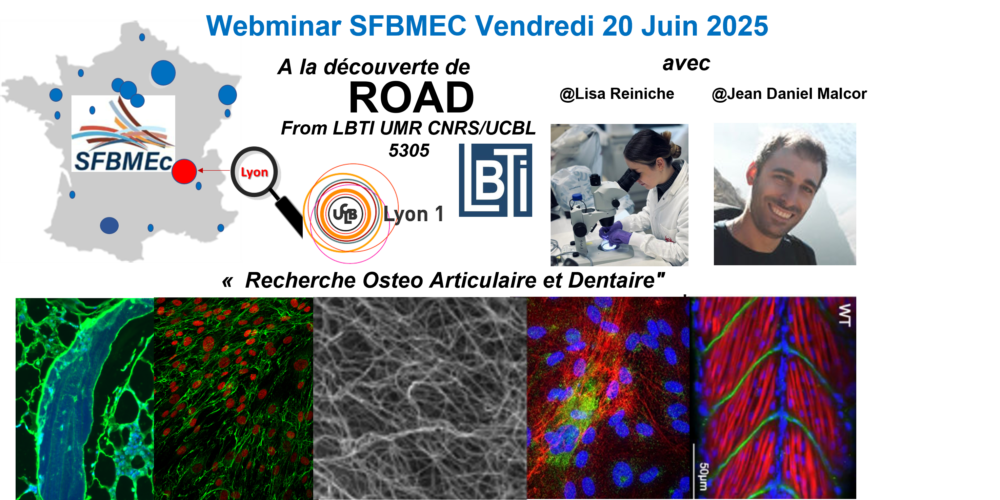Sara Gouarderes, Camille Ober, Layal Doumard, Jany Dandurand, Patricia Vicendo, Isabelle Fourquaux, Alexander Golberg, Valérie Samouillan, Laure Gibot
J Invest Dermatol 2021 Oct 21;S0022-202X(21)02352-6. doi: 10.1016/j.jid.2021.09.025
Abstract
Impairment of extracellular matrix remodeling is observed in the tumor microenvironment or fibrosis and results in excessive collagen production and/or decreased degradation by matrix metalloproteinases (MMPs). Thanks to their local application and transient effects, physical stimuli appear as attractive tools to remodel the extracellular matrix. We assessed the potential of pulsed electric field technology, classically applied to drug delivery, to induce collagen remodeling at the tissue scale. A sophisticated in vitro tissue-engineered human dermal substitute was used to show that microsecond and millisecond pulsed electric fields induced (i) a rapid modulation (4 hours after electrostimulation) of mRNA genes composing the matrisome, particularly a downregulation of procollagens and extracellular matrix maturation enzymes such as transglutaminase 2 and lysyl oxidase like; (ii) a transient decrease in procollagens production and hydroxyproline tissue content within a week after electrostimulation; (iii) a long-lasting ROS-dependent overactivation of matrix metalloproteinases for at least 48 hours; and (iv) a downregulation of TGFβ1. These observations underpin that pulsed electric fields, a technology already approved for clinical use combined with anticancer agents, are particularly promising to provide local and effective treatment of abnormal extracellular matrix.
